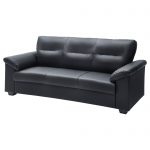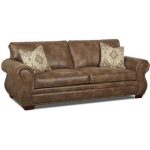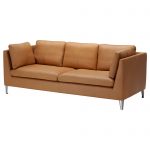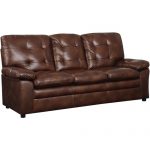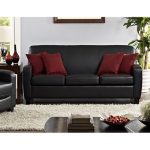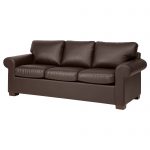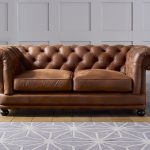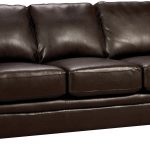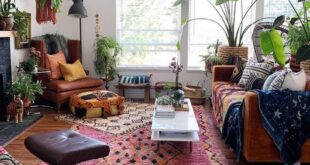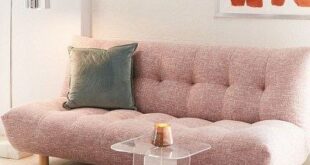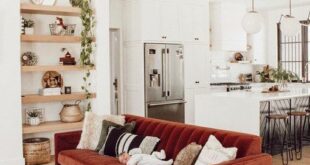Faux leather sofas have gained popularity in recent years as a more affordable and animal-friendly alternative to genuine leather. While faux leather sofas offer many advantages, there are also some drawbacks to consider before making a purchase. In this article, we will explore the pros and cons of faux leather sofas to help you make an informed decision.
Pros:
1. Affordability: One of the biggest advantages of faux leather sofas is their affordability. Faux leather is typically much cheaper than genuine leather, making it a more budget-friendly option for those looking to add a touch of luxury to their living space without breaking the bank.
2. Animal-friendly: Faux leather is made from synthetic materials, so no animals are harmed in the production process. This makes faux leather sofas a more ethical choice for animal lovers who want to avoid using products made from animal hides.
3. Durability: Faux leather is often more durable than genuine leather, as it is less prone to cracking, peeling, and fading. This makes faux leather sofas a long-lasting option that can withstand heavy use and provide years of comfort and style.
4. Easy maintenance: Faux leather sofas are easy to clean and maintain, as they can be wiped down with a damp cloth and mild soap to remove any spills or stains. This makes them a practical choice for busy households with children or pets.
5. Variety of styles and colors: Faux leather sofas come in a wide range of styles and colors to suit any décor. Whether you prefer a modern, sleek design or a classic, timeless look, you can find a faux leather sofa to match your personal taste and style.
Cons:
1. Less breathable: Faux leather is a synthetic material, so it is less breathable than genuine leather. This can make faux leather sofas feel hot and sticky in warm weather, leading to discomfort for some users.
2. Less luxurious feel: While faux leather can mimic the look of genuine leather, it lacks the luxurious feel and texture of real leather. Some users may prefer the natural texture and scent of genuine leather over the synthetic feel of faux leather.
3. Susceptible to scratches: Faux leather sofas are more prone to scratches and punctures than genuine leather, as the synthetic material is not as durable or resistant to damage. This can lead to unsightly marks and tears on the surface of the sofa over time.
4. Environmental impact: While faux leather is cruelty-free, it is not always environmentally friendly. The production of synthetic materials can have a negative impact on the environment, as it often involves the use of chemicals and energy-intensive processes.
5. Less resale value: Faux leather sofas typically have a lower resale value than genuine leather sofas, as they are perceived as being less valuable and long-lasting. This can be a disadvantage for those looking to invest in a high-quality sofa that will retain its value over time.
In conclusion, faux leather sofas offer many benefits, such as affordability, animal-friendliness, durability, and easy maintenance. However, there are also some drawbacks to consider, such as breathability, luxury feel, susceptibility to scratches, environmental impact, and resale value. Ultimately, the decision to purchase a faux leather sofa will depend on your personal preferences and priorities. By weighing the pros and cons carefully, you can make an informed choice that suits your lifestyle and budget.
 decorafit.com Design ideas for your home and patio
decorafit.com Design ideas for your home and patio

